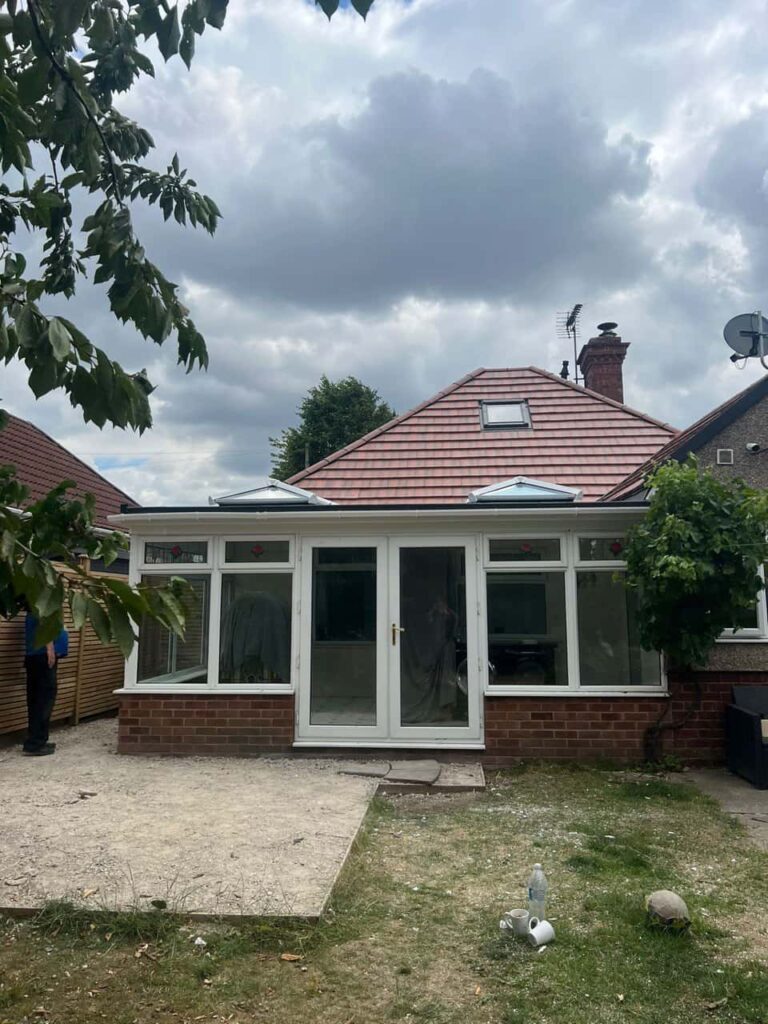Introduction: Lead flashing is a crucial component of your roofing system as a protective barrier against water infiltration. When it comes to lead flashing repairs, it’s essential to proceed with care and avoid common mistakes that can compromise its effectiveness. In this blog post, presented by Hucknall Roofing Repairs, we’ll highlight some of the most common mistakes to avoid when repairing lead flashing to ensure the longevity and performance of your roofing system.
1. Neglecting Proper Inspection
One of the most common mistakes is skipping a thorough inspection before initiating repairs. It’s crucial to assess the condition of the lead flashing carefully. Look for cracks, splits, or signs of corrosion. Neglecting this step can lead to incomplete repairs and missed issues.
2. Inadequate Surface Preparation
Proper surface preparation is essential for any repair job, including lead flashing. Failing to clean and prepare the surface adequately can prevent sealants and patches from adhering correctly, leading to ineffective repairs.
3. Using the Wrong Materials
Selecting the wrong materials for lead flashing repairs can lead to further damage. Ensure you use sealants, patch materials, and coatings designed explicitly for lead flashing. Using incompatible materials can result in chemical reactions that accelerate corrosion.
4. Incorrect Sealant Application
Applying sealant haphazardly or unevenly can compromise the seal’s effectiveness. Applying sealant evenly over the damaged area is essential, ensuring full coverage. Properly applied sealant should create a watertight barrier.
5. Neglecting Adequate Ventilation
Improper ventilation during lead flashing repairs can be detrimental. Adequate ventilation helps prevent moisture buildup and allows sealants to cure properly. Ensure proper airflow during repairs to avoid issues like condensation and mould growth.
6. Overlooking Flashing Thickness
The thickness of the lead flashing is crucial for its durability. Using too-thin flashing may not provide sufficient protection, leading to premature failure. Ensure that you select the appropriate thickness for your specific roofing needs.
7. Rushing the Repair Process
Rushing through lead flashing repairs can result in shoddy workmanship. Take the time to complete the repair correctly, following proper procedures. Rushed repairs may require redoing, costing more time and money in the long run.
8. Not Seeking Professional Help
Attempting DIY lead flashing repairs without the necessary skills and knowledge can lead to mistakes and further damage. If you’re unsure or unfamiliar with lead flashing repairs, it’s best to seek professional assistance from experienced roofing experts.
Conclusion: Proper lead flashing repairs are essential for maintaining the integrity of your roofing system and preventing water infiltration. By avoiding common mistakes such as neglecting inspections, inadequate surface preparation, using the wrong materials, and rushing the repair process, you can ensure that your lead flashing repairs are effective and long-lasting. If you’re unsure how to proceed with lead flashing repairs or require professional assistance, consult with experts like Hucknall Roofing Repairs to safeguard the durability and performance of your roofing system.
Call us on: 0115 647 1193
Click here to find out more about Hucknall Roofing Repairs
Click here to complete our contact form and see how we can help with your roofing needs.

